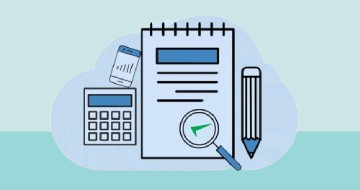IIRF Online > Finance & Accounting > Finance Cert & Exam Prep > Association of Chartered Certified Accountants (ACCA) > ACCA: FA (F3) Financial Accounting
ACCA: FA (F3) Financial Accounting by Udemy
Let's get to grasps of how to perform the basics of financial accounting.
Course Highlights
- Explain the context and purpose of financial reporting
- Define the qualitative characteristics of financial information
- Demonstrate the use of double-entry and accounting systems
- Record transactions and events
- Prepare a trial balance (including identifying and correcting errors)
- Prepare basic financial statements for incorporated and unincorporated entities
- Prepare simple consolidated financial statements
- Interpretation of financial statements
- And much more...
Curriculum
27 Topics
Introduction to accounting
The regulatory framework
The qualitative characteristics of financial information
Sources records and books of prime entry
Ledger accounts and double entry
From trial balance to financial statements
Sales tax
Inventory
Tangible non-current assets
Intangible non-current assets
Accruals and prepayments
Irrecoverable debts and allowances
Provisions and contingencies
Control accounts
Bank reconciliations
Correction of errors
Preparation of financial statements for sole traders
Incomplete records
Introduction to company accounting
Preparation of financial statements for companies
Events after reporting period
Statement of Cash Flows
Introduction to consolidated financial statements
The consolidated statement of financial position
The consolidated statement of comprehensive income
Interpretation of financial statements
Quiz

ACCA: FA (F3) Financial Accounting




